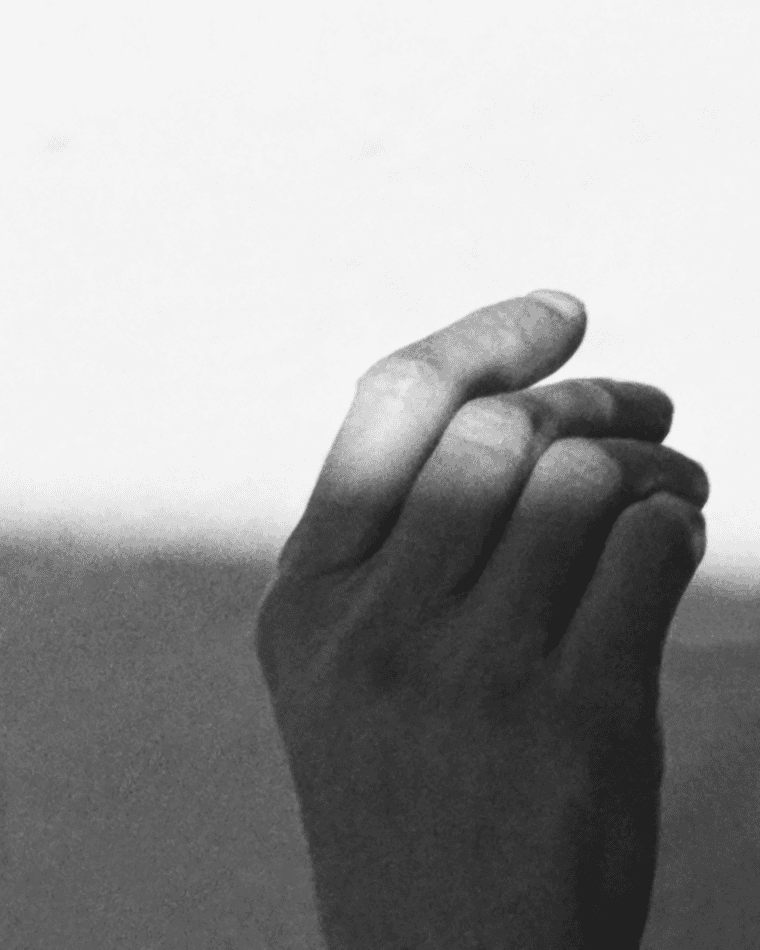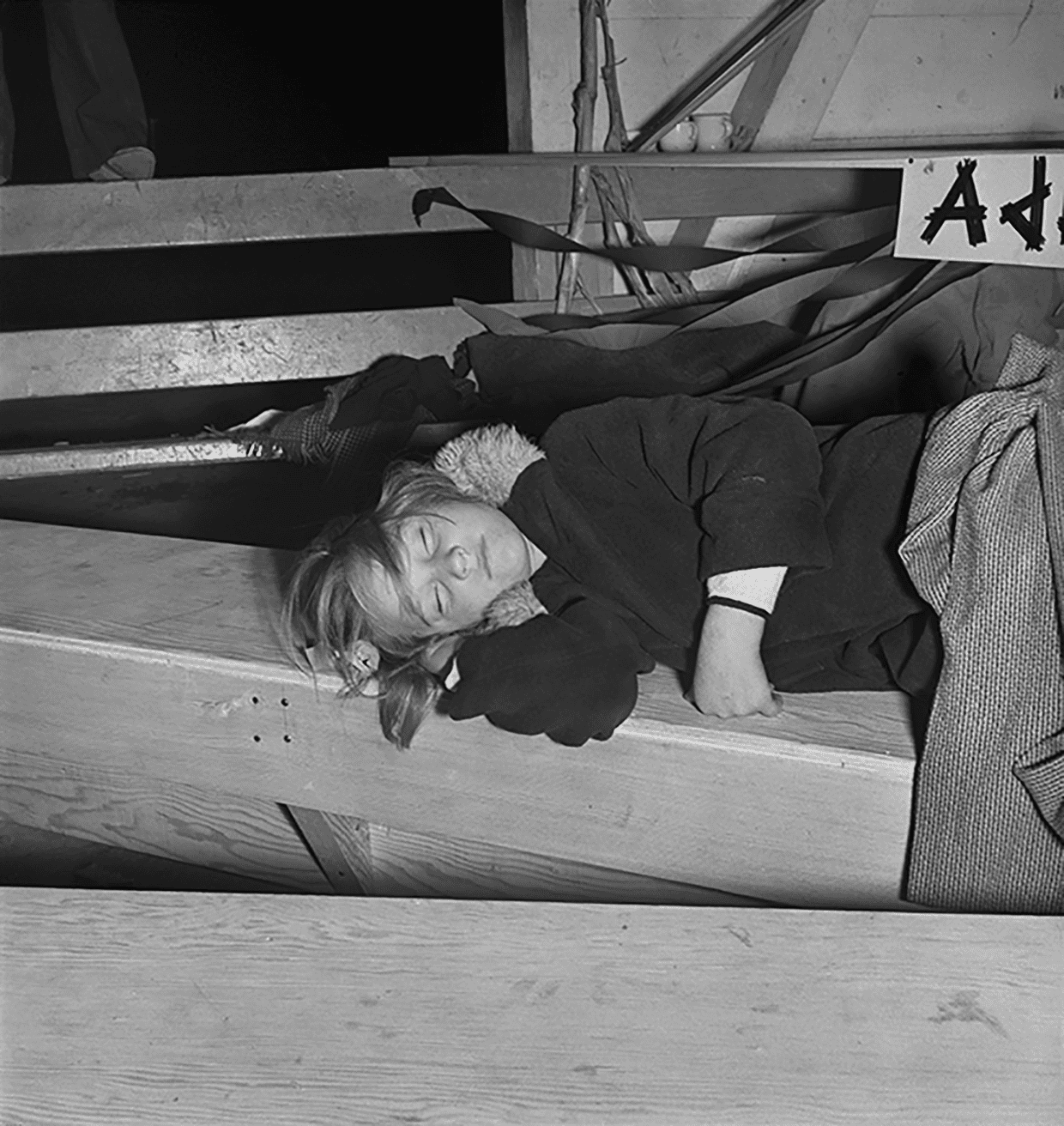
Photography
Landscapes, languor and limbs: the other side of Dorothea Lange
Migrant Mother, Lange’s image from the Depression, came to define her – but a new book reveals a more intimate, strikingly modern side to the great photographer
by Sean O’Hagan‘Some things you do get a life of their own,” Dorothea Lange once told an interviewer. “They cut loose from the person who made them.” She was referring to her photograph Migrant Mother, in which she distilled the collective trauma of the Great Depression into a single, hauntingly intimate portrait of Florence Owens Thompson, a sharecropper’s wife.
Taken in 1936, it became one of the most famous images of the 20th century, but the way it came to define her work made Lange ambivalent about the role – and limits – of documentary photography.
Fifty-five years after her death, as a retrospective of Lange’s work pulls in crowds at MoMA in New York, a new book shows just how far she travelled in her efforts to redefine herself. The images in Day Sleeper tend towards quiet observation, the intimacy Lange captured often heightened by the way she cropped portraits to accentuate the curves of bodies and the textures of clothes. The book is revelatory, a deftly executed reappraisal of an already revered photographer.

For Day Sleeper, the American photographer Sam Contis was granted access to the extensive Dorothea Lange archive at the Oakland Museum of California. It comprises 25,000 negatives and 6,000 vintage prints, as well as extensive field notes, letters and other personal memorabilia. “It was a bit overwhelming at first,” says Contis, “and, for a long time, I lived in Lange-land, putting rough prints on the wall and spending time with them. After a while, there were pictures I instinctively kept coming back to, many of which I realised had some relationship to my work. The more time I spent with her images, the more I felt a kinship.”
Anyone familiar with Contis’s recent book Deep Springs, for which she spent four years photographing in and around an isolated ranch-cum-college in California’s Sierra Nevada mountains, will detect the visual parallels. While Contis’s concerns are contemporary – an exploration of modern ultra-masculinity as constructed in a strict, old-fashioned, all-male environment – her quiet observational style has much in common with many of the images in Day Sleeper.
“I was looking for difference,” says Contis, “and I was struck by the ways she found to convey intimacy: her interest in gestures, movement, the way she photographed fragments of the human body or cropped her portraits.”
Many images Contis selected are closeups of torsos, hands and faces. Lange’s subjects are often women caught in repose, resting or sleeping, and their quiet, relaxed stillness is palpable. The languorousness she evokes is in sharp contrast to the anxiety and isolation that is an undercurrent in her work from the Depression.
Day Sleeper includes some of Lange’s early studio portraits and street photography. The book’s title is taken from Lange’s photograph of a sign above a shelter at the El Cerrito docks in California, where workers could nap between shifts. In another image, she captures young and old workers at a union meeting, their expressions ranging from expectant to thoughtful. On closer inspection, the eye is drawn to a single arresting detail: a long thread of spittle hanging from a handsome young man’s mouth.
Elsewhere, Lange seems utterly immersed in her own world of small things: the way strands of hair fall over the faces of her young daughters; the texture of fabric on the curves of a body; how twisted branches can resemble contorted human limbs. Her ways of depicting or evoking the human body, often in fragmented form, are revealing given her own traumatic medical history. Having contracted polio aged seven, she was left with a permanent limp that she disguised, says Contis, “with long skirts, long pants and a kind of dancing walk”. Lange once remarked: “It formed me, guided me, instructed me, helped me and humiliated me. I’ve never gotten over it, and I am aware of the force and power of it.”

She created a brilliant body of work under sometimes challenging physical conditions, often lugging heavy plate cameras around in the deadening heat. One coded image in Day Sleeper reflects Lange’s inner struggles. It depicts a cinema marquee advertising a 1949 melodrama called The Young Lovers, which starred the actor Ida Lupino. Contis notes that Lange “filled an entire contact sheet with images of this movie marquee”. Like Lange, Lupino was a polio survivor, and in the film she played a young dancer stricken by the disease. A world of suffering and identification lies behind the image.
Little wonder then that Lange had a keen eye for movement and gesture. She once recalled, as a child, seeing Isadora Duncan dance, describing it as “an experience that affected me throughout my life”. Even then, her eye was acute – she noticed how Duncan moved off-stage as well as on: “My, how strangely she walked … with a peculiar grace, not grace as I had preconceived it, but different.”
There is a peculiar grace to many of the photographs in Day Sleeper, prompting us to revise any preconceived opinions of Lange, who emerges as a surprisingly contemporary image-maker attuned to small, telling gestures as well as bigger defining moments.
“The sad thing is that she regretted not having lived what she called a completely visual life,” says Contis. “Towards the end, she said she was just starting to understand what photography could do.” For Dorothea Lange, the medium’s possibilities were limitless and she was quietly and attentively open to them all.
- Day Sleeper is out now from Mack. Sam Contis is at the London Review Bookshop, London, on 21 February. Dorothea Lange: Words and Pictures is at MoMA, New York, until 9 May.